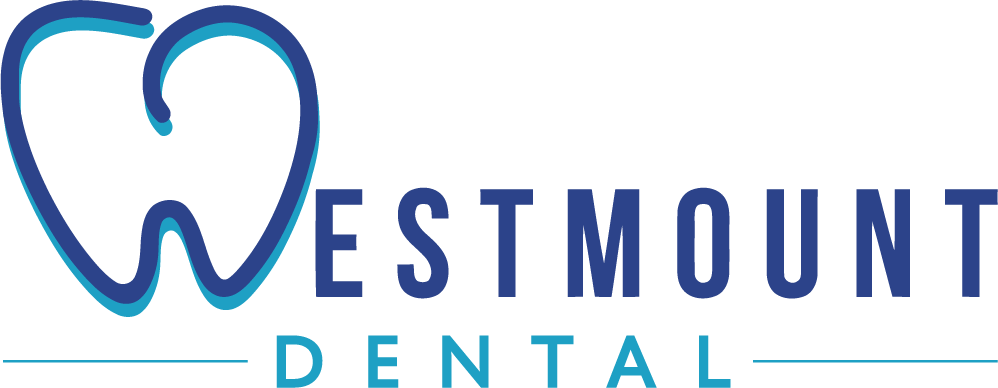Dental Technology
Dental technology has introduced innovative advancements over the last few years, making dental appointments quicker and much more thorough. Some of the laborious tasks of dentistry have been simplified and the process for several of these duties has proven more efficient. Technology has already altered our everyday lives at home and in the workplace, making it only a matter of time until modern developments changed how patients perceived a routine dental appointment. Here are the pieces of technology we have in our office.
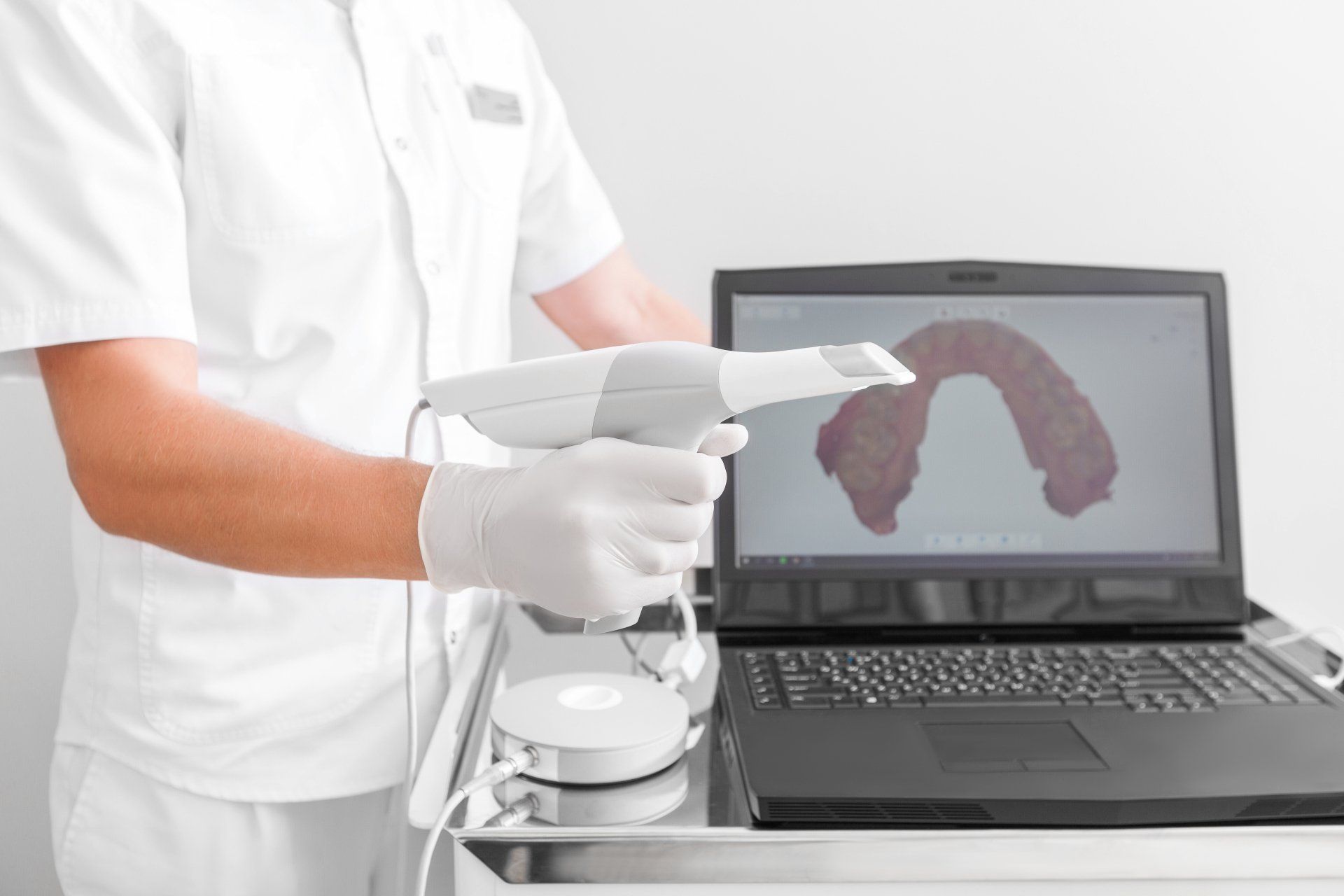
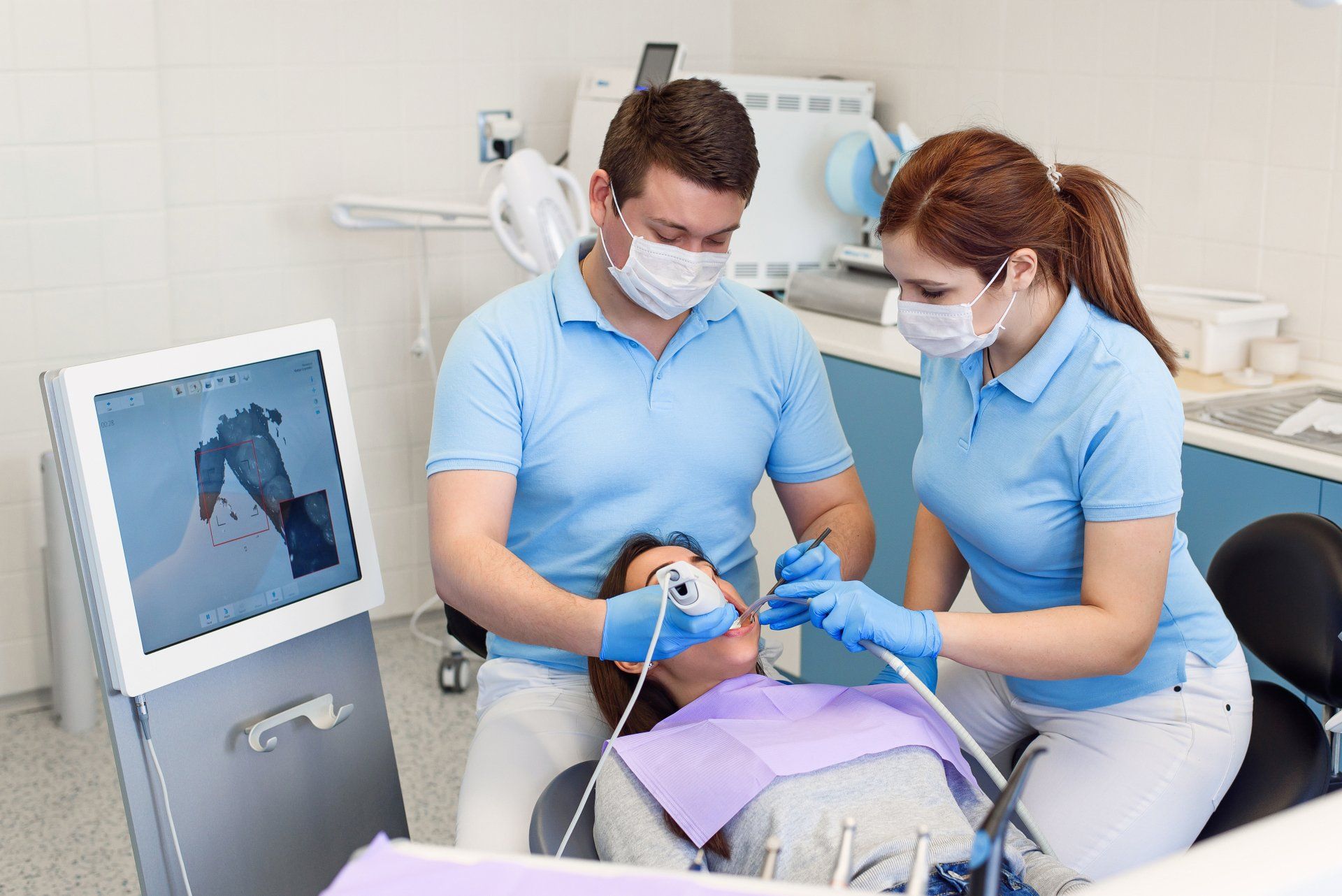
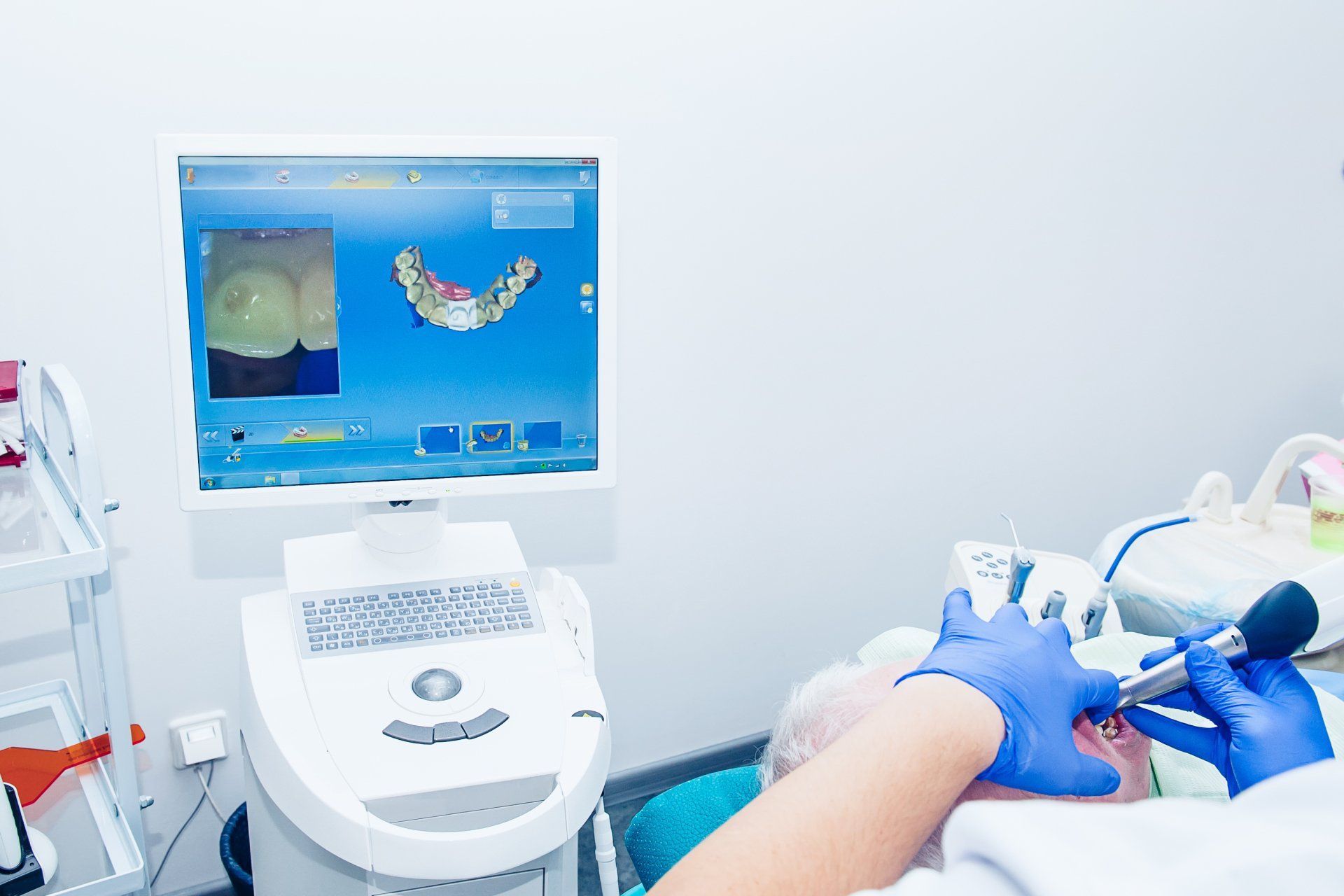

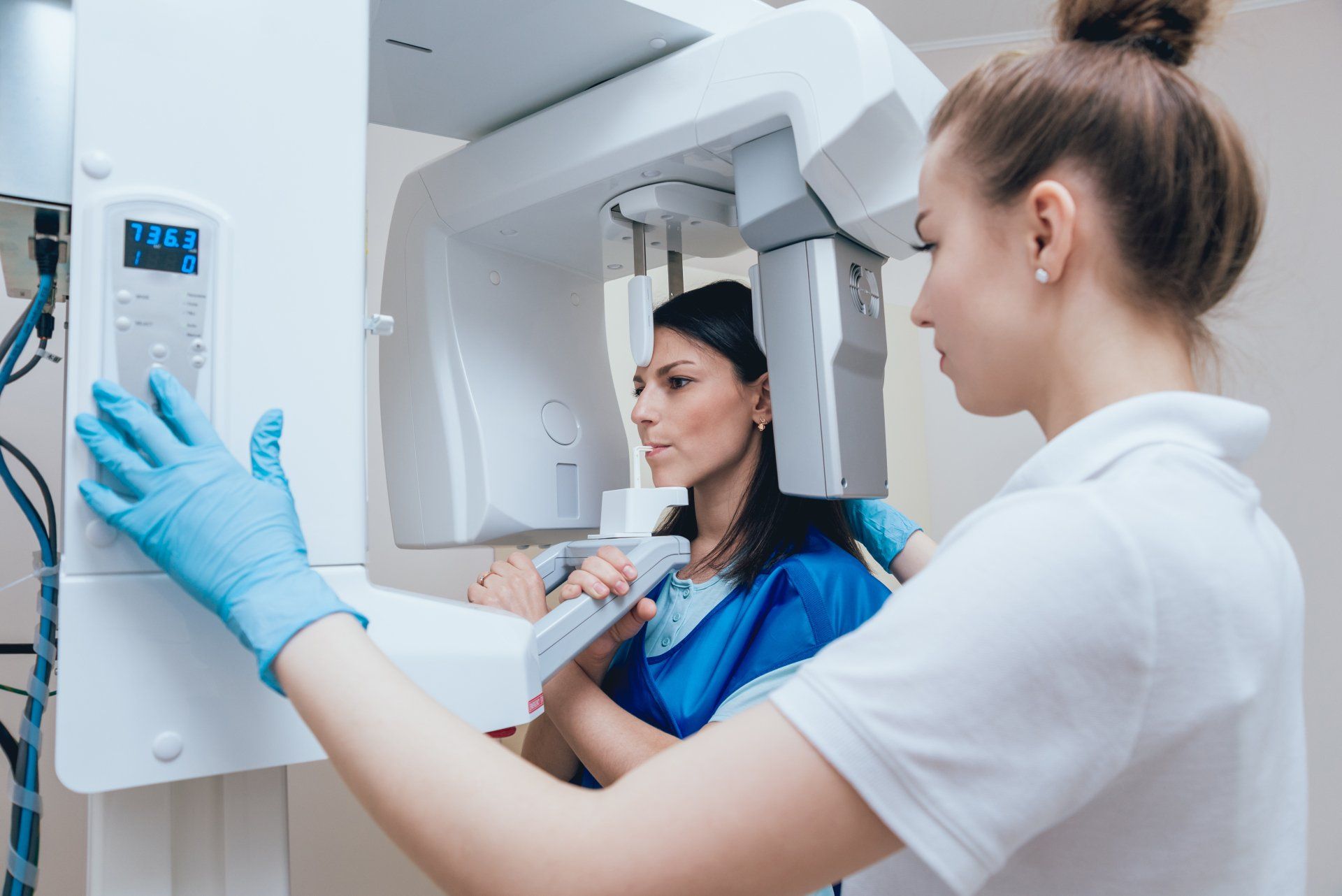
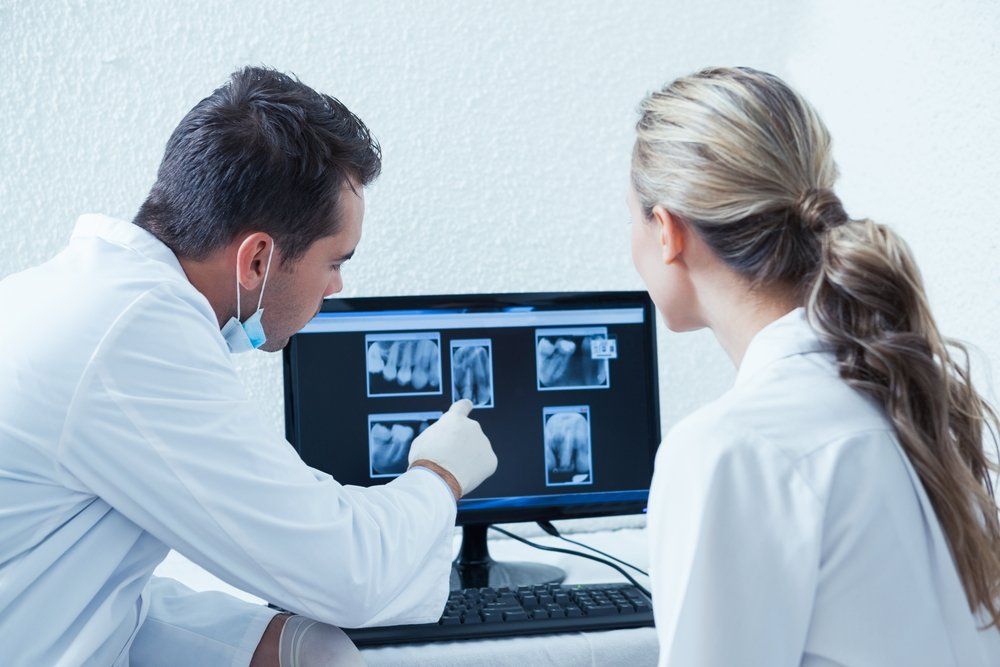
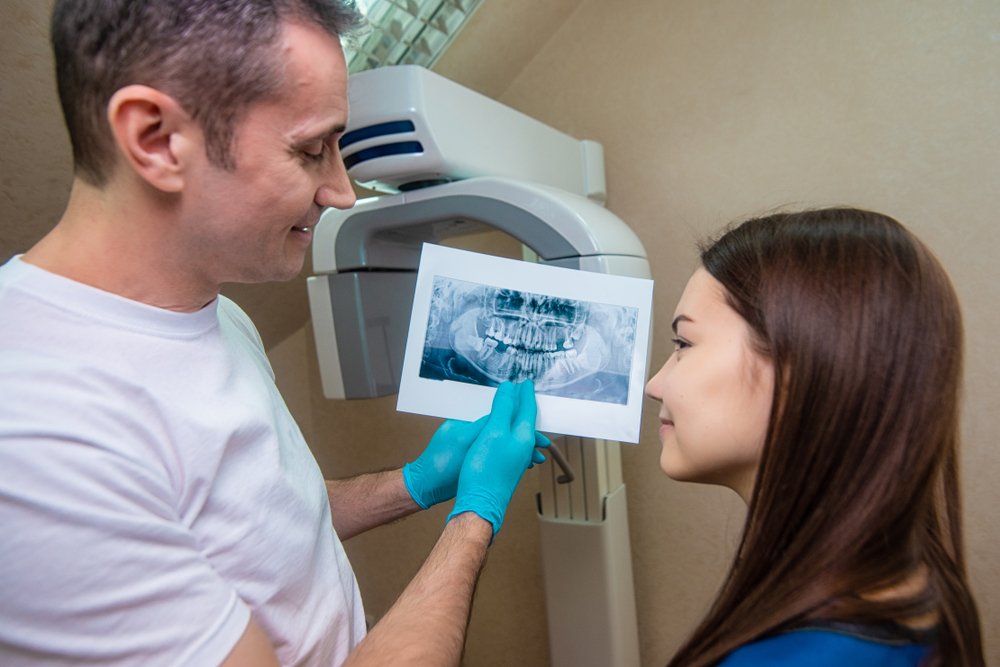
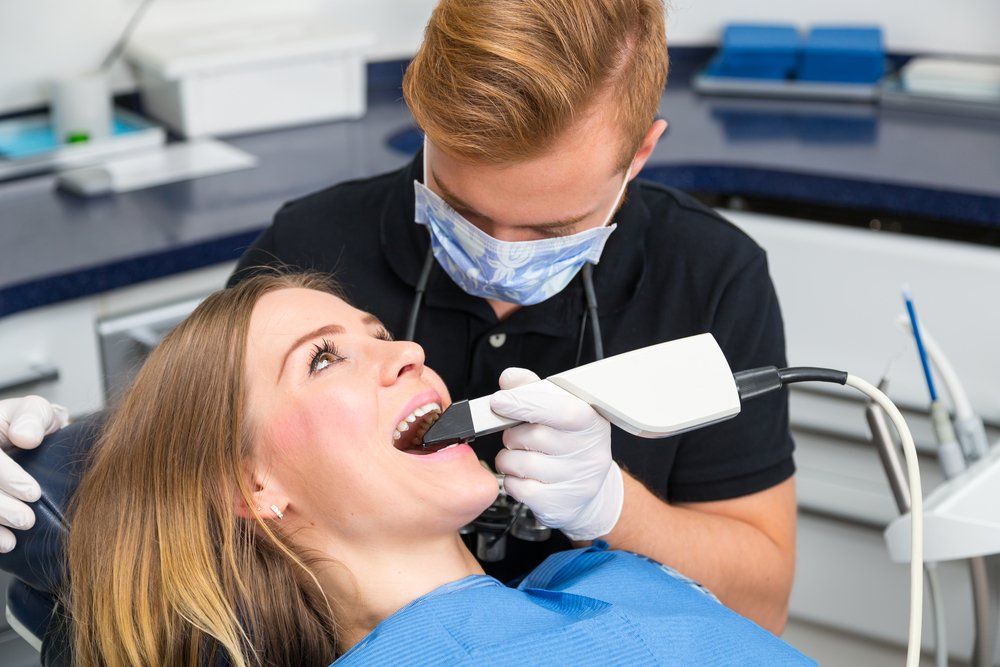
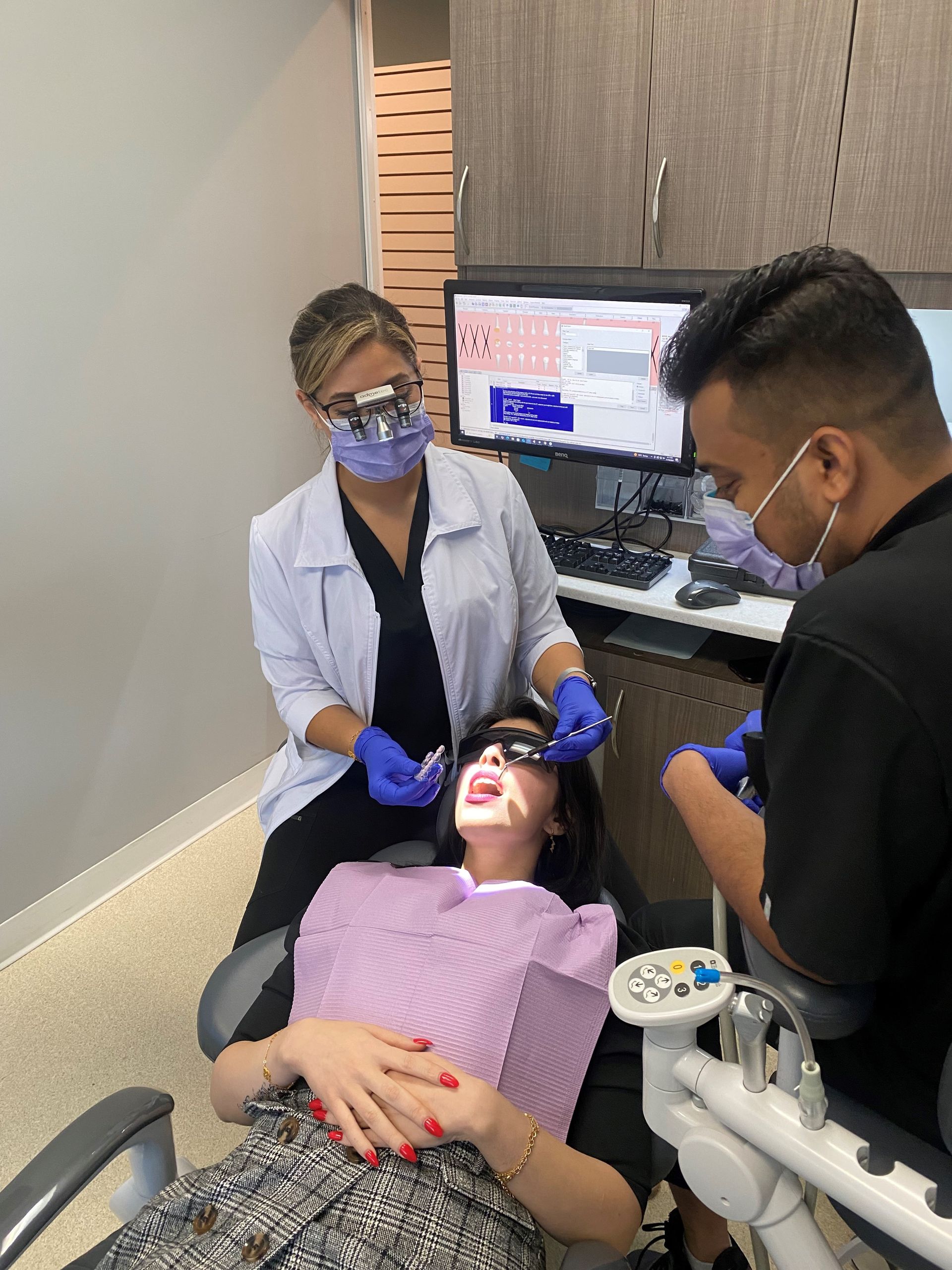
Slide title
Write your caption hereButton
-
Digital X-Rays
Introduced in 1987, nearly 90 years after traditional x-rays came to fruition, digital radiography combined the power of computer technology with electric sensors and tiny bursts of radiation. Rather than printing the results on film, images form almost as soon as the sensors are placed in our mouths, projecting on a computer screen. Digital x-ray technology does demand additional training for dentists, though the majority of practitioners are adamant that the advantages are worth the commitment. Today, a lot of dental offices only offer patients digital x-rays because, in multiple ways, it is the superior option to traditional radiography.
- Less Expensive | Digital x-rays will generally cost you less than the traditional alternative because the cost of film to develop images for the latter adds up. In contrast, digital x-ray imaging projects right onto our computer.
- Better Storage | Since these digital x-ray images are transferred to a computer system, it allows for easier storage of your oral health records. Your data can be transferred from one dentist to another without any medical data being lost in the exchange.
- Finer Images | Digital x-ray images produce a better resolution than their traditional counterpart. Also, old-fashioned x-rays can only project images in 25 various shades, whereas a digital image can reveal up to 256 shades of grey. Digital radiography also has the advantage of accessing more angles within our mouths, providing a streamlined view of a patient's entire oral structure. With the assistance of computer programs, dentists can even enhance the digital images further, for a focused view.
-
Intraoral Camera
Intraoral cameras are digital imaging tools that dentists utilize to create high-resolution images of your teeth and mouth. These small devices can comfortably fit in your mouth and can be maneuvered over and around your teeth. Once the images are captured, software works to piece them together to develop a digital 3-D model of your mouth. We implement these cameras for various purposes, including a single tooth that needs a restorative procedure or to capture images of soft tissues in our mouths, including our gums and soft palate. A large number of dental issues and conditions that affect our teeth and soft tissues are preventable, which is why intraoral cameras are particular helpful. Dentists can pinpoint and show patients precisely where their oral care needs to be concentrated. Intraoral cameras also limit your time in the office because the images are produced in real-time, and the outcomes are available almost immediately.
-
Dental Lasers
Diode Laser | The diode laser is useful for procedures that involve soft tissues, and are great for sterilizing endodontic canals, treating periodontal disease, and teeth whitening. It is a tool that offers a wide array of clinical treatment possibilities and is capable of great precision thanks to its portability and touchscreen controls. It has been shown to be helpful in treating challenging periodontal conditions while providing rapid healing and reduced swelling.
BIOLASE Epic X Laser | BIOLASE Epic X is a state-of-the-art and well-conceived example of a dental diode laser. A variety of pre-set procedures are installed into the device, with suggested settings that can be accessed swiftly and easily by our dentist. The handpiece is fitted with several single-use tips to access any area of our mouths, and there is a handpiece to be used for bio stimulation in pain relief and a whitening contour handpiece for patients who wish to receive laser-assisted in-office whitening. Most commonly, the tips of preference are the ones used intraorally since they are disposable and adjustable to any angle.
-
SprintRay 3D Printer
3D printing has come a long way and has found its way into dentistry. Our office utilizes 3D printer technology to help our patients with a variety of dental procedures including crowns, bridges, clear aligners, mouth guards, and more. There are 3 key elements to consider when deciding to have a patients lab work 3D printed:
- Material Use | Since the introduction of biocompatible materials for 3D printing in dentistry, the emphasis has been on improving mechanical properties to provide intraoral parts that have great strength and a high resistance to wear.
- Accuracy | While many 3D printers on the market provide high theoretical accuracy, not all offer results that are repeatable over time. The hallmark of a true dental 3D printer is to have both high accuracy and repeatability.
- Speed | While the ability to produce dental appliances in-office is revolutionary to digital dentistry, the speed of an individual 3D printer can make a substantial difference for the time a patient spends in our office.
-
Digital Scanner
At Westmount Dental, we are proud to offer cutting-edge dental technology with our TRIOS digital scanner. This state-of-the-art system replaces traditional, messy impressions with a fast, comfortable, and highly accurate digital scan. Patients benefit from a more pleasant experience, quicker appointments, and superior treatment precision. Whether you're getting crowns, bridges, or aligners, the TRIOS scanner ensures a perfect fit and faster turnaround time—helping you achieve your healthiest smile with less hassle.
